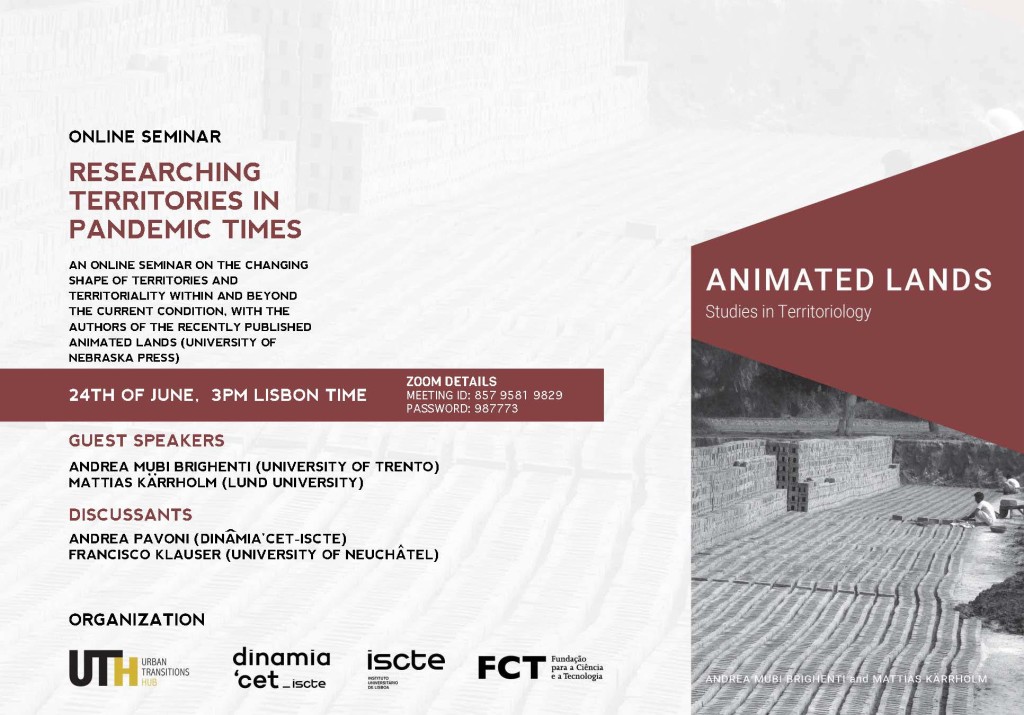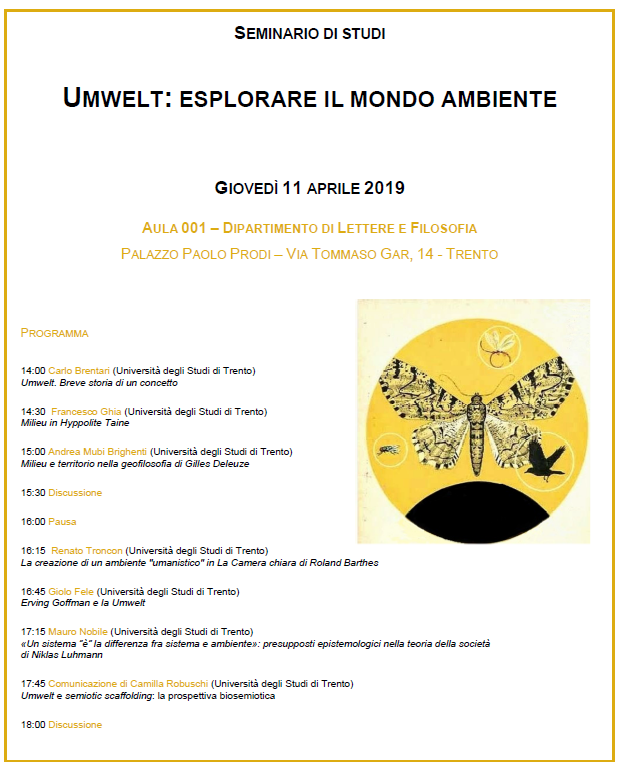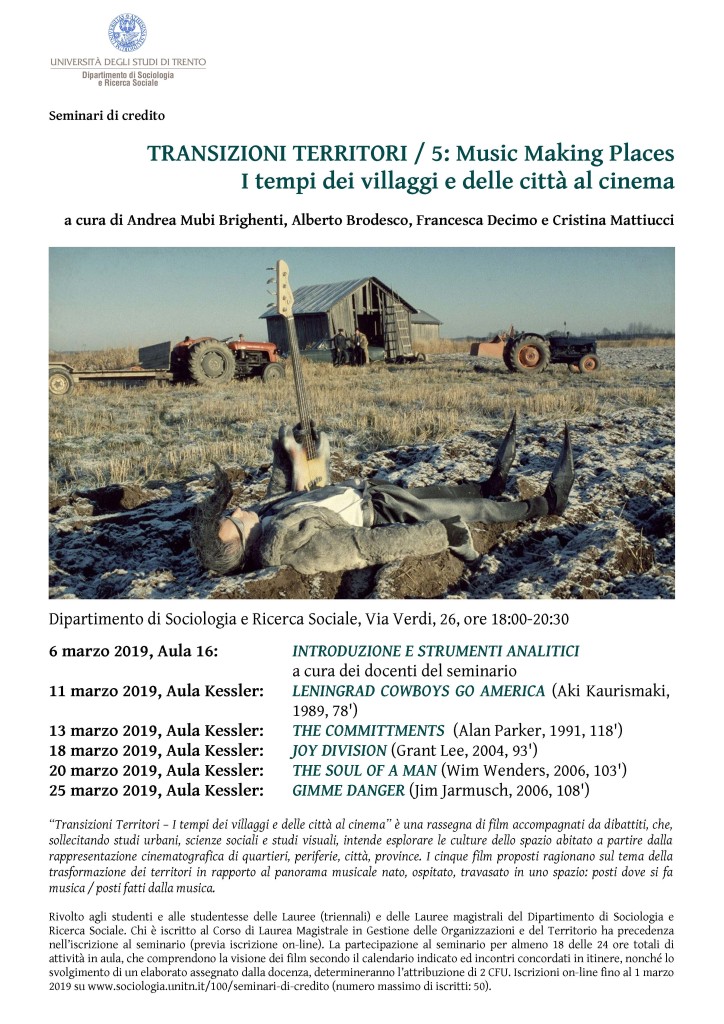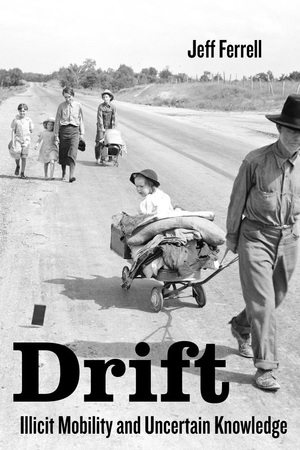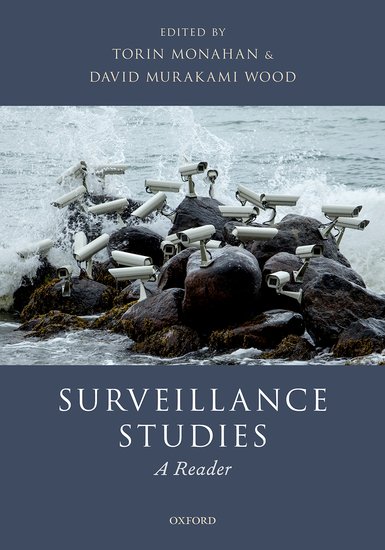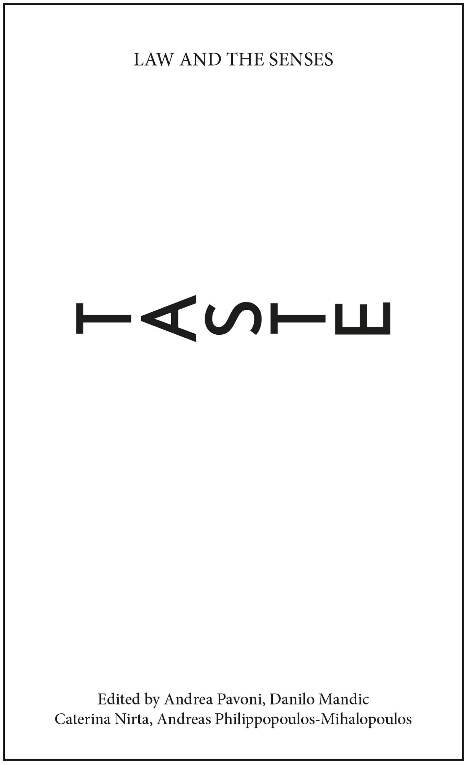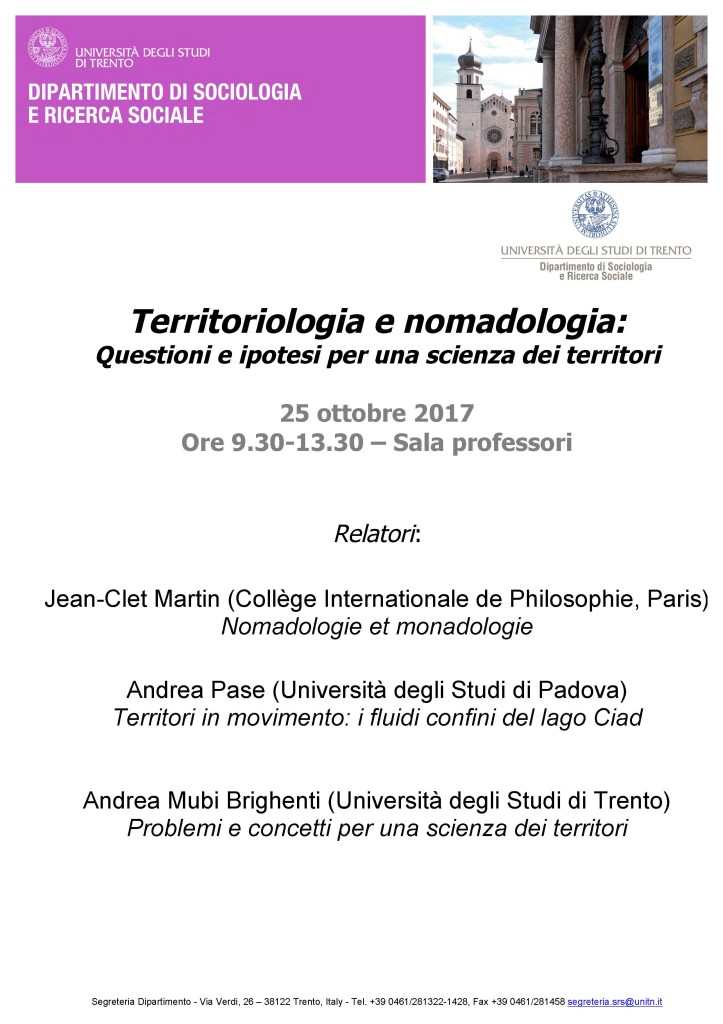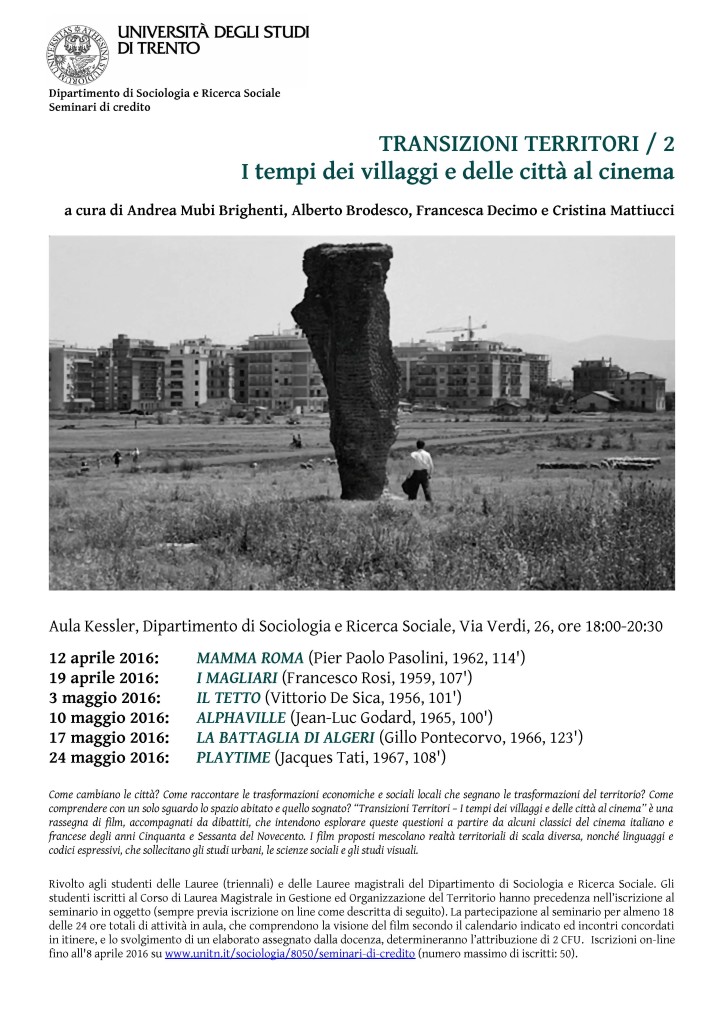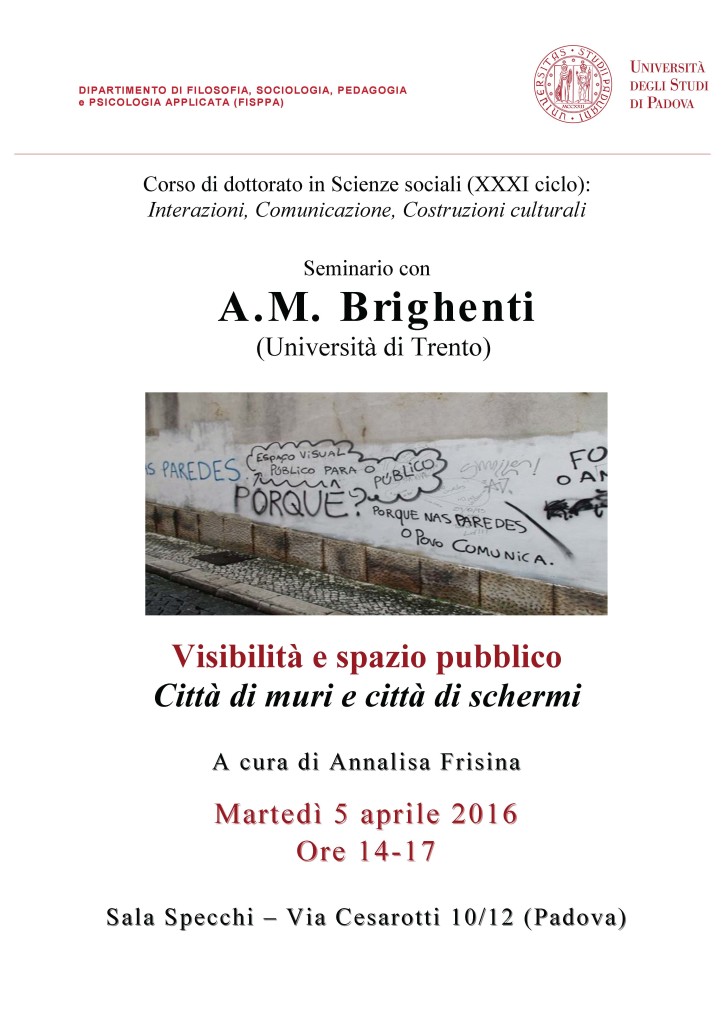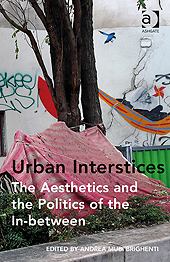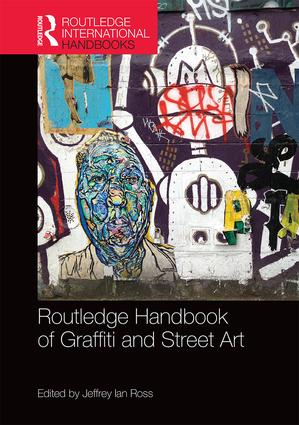Category Archives: territories
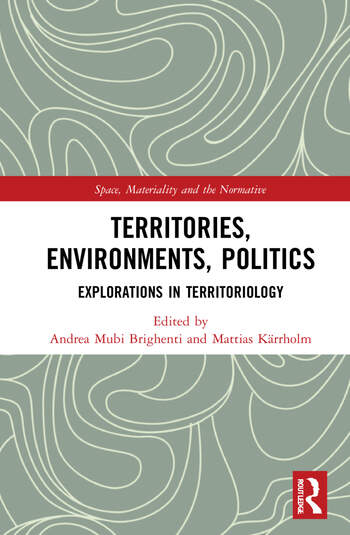
Territories, Environments, Politics: Explorations in Territoriology
Our new Edited Collection now announced :
Territories, Environments, Politics
Explorations in Territoriology
New Territoriology Seminar – Fall 2021
Co-organised with Carlo Brentari @unitn.
21/10/2021 h.15-18
Andreas Oberprantacher (U of Innsbruck) Political Territories and Borders
26/10/2021 h.15-18
Carlo Brentari (U of Trento) Konrad Lorenz e i fondamenti dell’etologia animale
04/11/2021 h.17-20
Shelley M. Alexander (U of Calgary, CA) Coyote Territories
11/11/2021 h.15-18
Anna Marson (U IUAV di Venezia) Il territorio nella pianificazione
RESEARCHING TERRITORIES IN PANDEMIC TIMES
An online seminar
Researching Territories in Pandemic Times
June 24, 2021
h.15:00 (Lisbon time)
The Urban Transitions Hub of ICS-ULisboa and DINÂMIA’CET – ISCTE organise an online seminar on the changing shape of Territories and Territoriality within and beyond the current condition, with the authors of recently published book Animated Lands. Studies in Territoriology (University of Nebraska Press)
Coordination: Andrea Pavoni (DINÂMIA’CET – ISCTE; Urban Transitions Hub)
ZOOMDETAILS
MEETING ID: 85795819829
PASSWORD: 987773
Animated Lands. Studies in Territoriology introduces us to a science and topology of territory which seeks to rethink the concept of territory away from its historical fetishisation as mere space, tracing a trajectory which is also different from contemporary directions in geographical thinking wherein territory is assumed as an inert, static and merely extensive domain. Instead, with speculative craft and ingenious examples, Andrea Mubi Brighenti and Mattias Kärrholm foreground an understanding of territory that is able to account for its intensive, animated and becoming nature. This seminar aims to discuss the premises of the book within and beyond the current pandemic condition.
Speakers:
- Andrea Mubi Brighenti (University of Trento)
- Mattias Kärrholm (Lund University)
Discussants:
- Andrea Pavoni (DINÂMIA’CET – ISCTE; Urban Transitions Hub)
- Francisco Klauser (University of Neuchâtel)
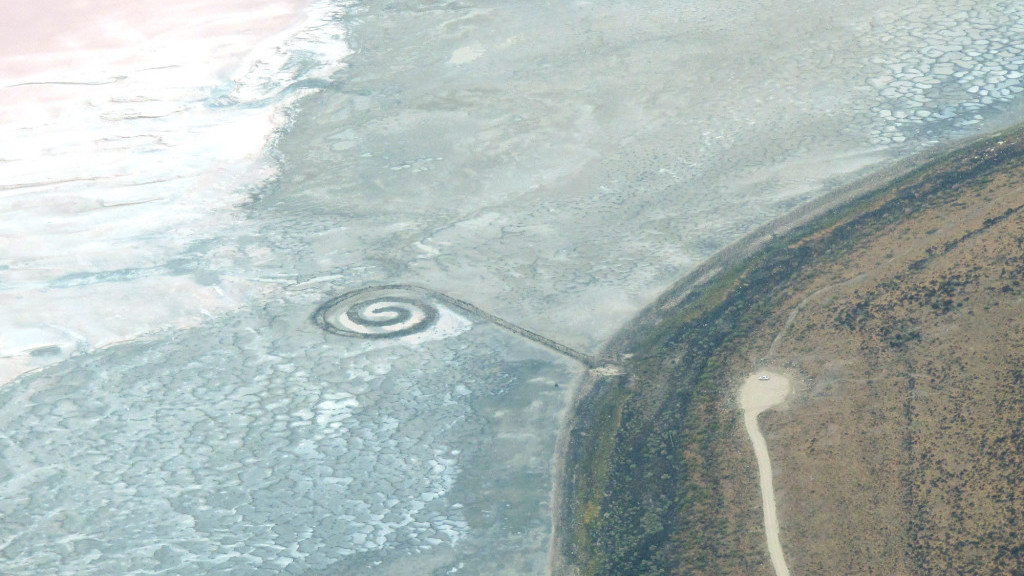
Robert Smithson, Geophilosopher
Le aree alpine interne come interstizi urbani: appunti da una ricerca in corso
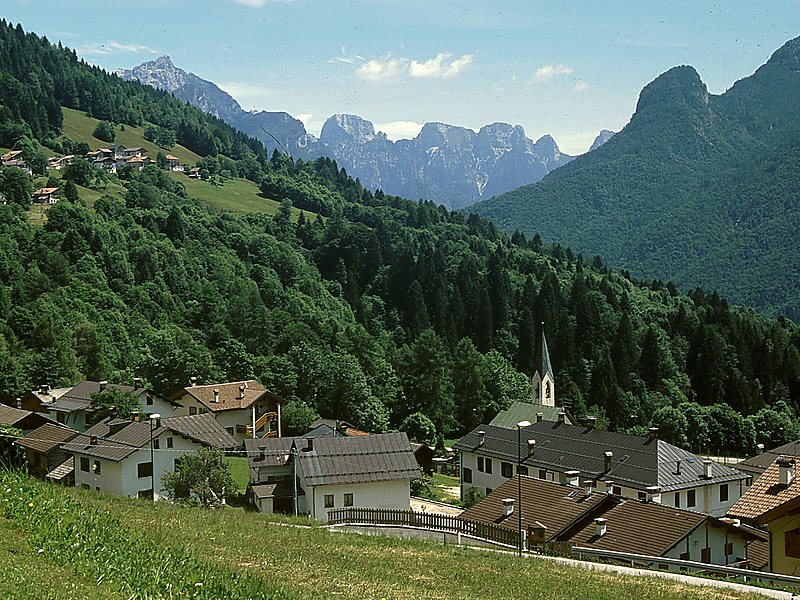
con Cristina Mattiucci
Now Published in Tracce Urbane – https://ojs.uniroma1.it/index.php/TU/article/view/14556
Abstract
ITA: A partire da un focus sulle aree interne dell’Euregio (regione transfrontaliera Tirolo, Alto Adige e Trentino), in questo articolo proponiamo un’interpretazione dell’abitare i territori montani marginali come “interstizi”. Descriviamo anzitutto alcuni processi socio-spaziali osservati in situ, presentando alcune realtà sociali complesse, i cui modelli abitativi, scelte insediative e forme dell’abitare si confrontano dinamicamente con fenomeni multi-scalari. La “condizione interstiziale” dell’abitare emerge in particolare attraverso un processo di decostruzione dell’immagine ufficiale del territorio, analizzando le frizioni che animano tale condizione nella tensione tra l’assetto istituzionale regionale e locale da un lato, e le pratiche di vita dall’altro.
ENG: Starting from a focus on the inner areas of the Euregio (cross-border region encompassing Tyrol, Alto Adige and Trentino), in this paper we propose an interpretation of dwelling in marginal mountain territories as ‘interstitial’ dwelling. First, we describe some socio-spatial processes observed in situ. These are complex social worlds, where housing models, settlement choices and forms of living dynamically interact with multi-scalar phenomena. The ‘interstitial condition’ of dwelling emerges, in particular, by deconstructing the official image of the territory. Analysing the frictions that animate the interstitial condition sheds some light upon the tension between regional and local institutions and life practices.
pdf here : brighenti-mattiucci-2019-aree-interne
Umwelt: esplorare il mondo ambiente
New Playlist – Dakar to Djibouti
Transizioni Territori no.5 – Cineforum
Book review: “Drift” by Jeff Ferrell
Urban Animals – Domestic, Stray and Wild
Urban Animals—Domestic, Stray, and Wild
Notes from a Bear Repopulation Project in the Alps
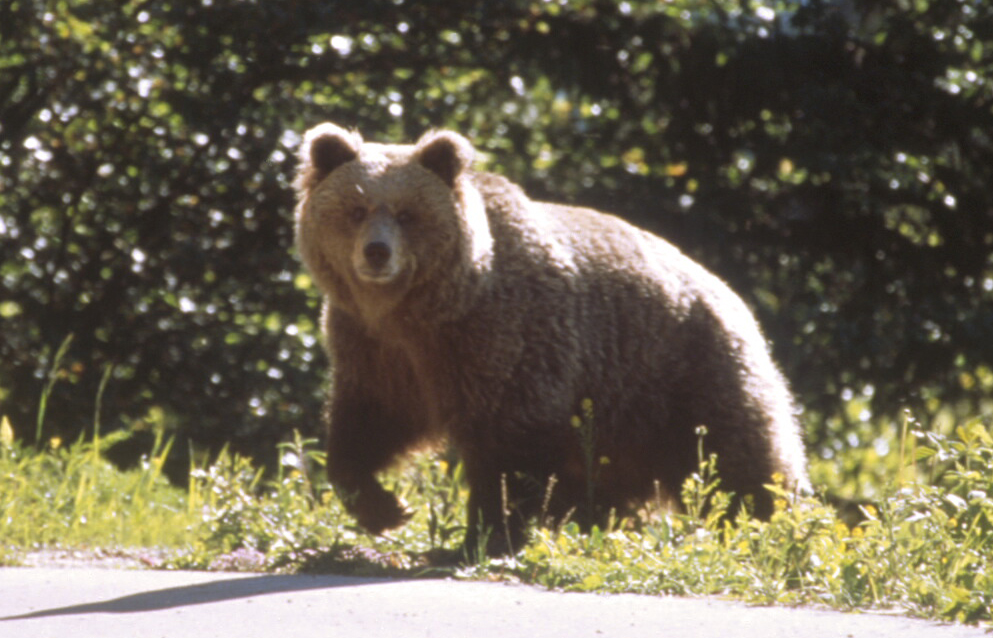
by Andrea Mubi Brighenti & Andrea Pavoni
Finally OUT in Society & Animals
https://doi.org/10.1163/15685306-12341580
Abstract. This piece explores ‘domesticity’ as a social territory defined by the relationship it entertains with the conceptual and material space of ‘the wild’. The leading research question can be framed as follows: do these two spaces stand in opposition to each other, or are more subtle relations of co-implication at play? As we enquiry into the domestic and the wild, a richer conceptual map of notions is drawn, which also includes the public, the common, the civilised and the barbarian. The case study that illustrates this dense intermingling of categories is offered by the case of Daniza, a wild brown bear introduced in the Brenta Natural Park on the Italian Alps in the 2000s, who repeatedly came into unexpected, accidental contacts with humans. Declared a ‘dangerous animal’, Daniza was controversially killed by public authorities in 2014, officially in an attempt to capture her with anaesthetising bullets, but in a way that still leaves doubts about the degree of voluntariness of the killing. The piece argues that the domestic and the wild constitute two semiotic-material domains constantly stretching into each other without any stable or even clear boundary line, and elaborates a series of corollaries for studying animals in urban contexts.
Keywords: Domesticity; Domestication; Wildness; Bears; Urban Animals; Territorial Governance
TOC
Introduction – Domesticity as Urban Prolongation
- Animal Governance, Domestication, and Classification
- Locating the Wild in the Urban
- Domesticity, Domestication and Civilisation
- The Unlucky Case of Bear Daniza
- Which Sort of Wild?
- The Barbarian
Conclusions
“Artveillance” paper included in “Surveillance Studies – A Reader”
I’m pleased that my paper “Artveillance: At the Crossroads of Art and Surveillance” (2010) has been reprinted in Surveillance Studies. A Reader Edited by Torin Monahan and David Murakami Wood (Cambridge University Press, 2018)
Tasting Wine Making Territories
NOW OUT in TASTE • Law and the Senses book series (Eds. Andrea Pavoni, Danilo Mandic, Caterina Nirta, Andreas Philippopoulos-Mihalopoulos). London: University of Westminster Press.
Available in Open Access – https://www.uwestminsterpress.co.uk/site/books/10.16997/book21/
Domestic Territories and the Little Humans (with Mattias Kärrholm)
Understanding the Animation of Domesticity
Now Published in Space & Culture
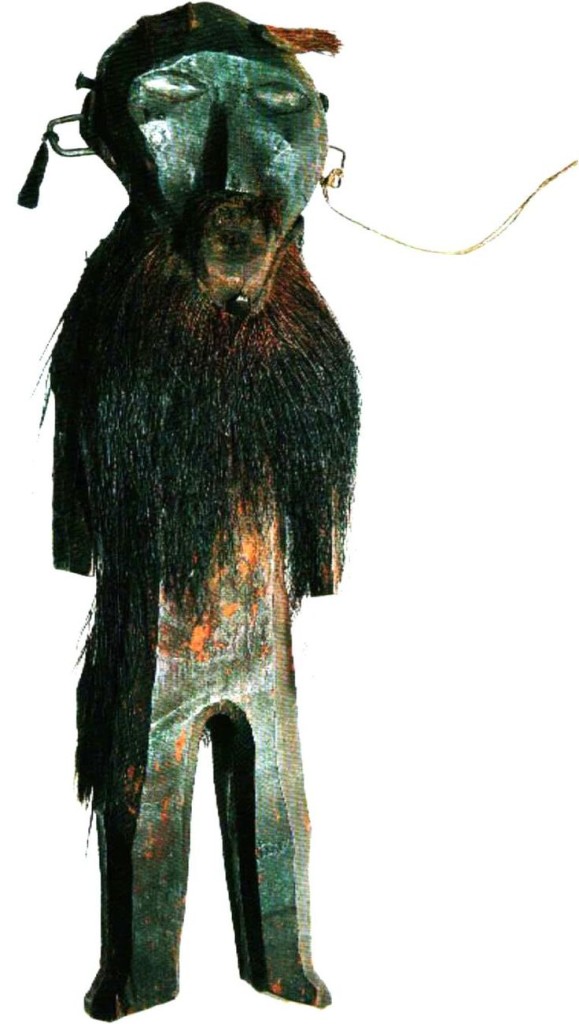
Abstract. Domesticity is a complex, multifaceted phenomenon. In this piece, we approach it from the point of view of a general theory of territories. To do so, we attempt to tackle simultaneously the ecological and spiritual dimensions of home by attending the expressive dimension of domesticity. We emphasise that the expressiveness of home inherently includes the register of the familiar as well as that of the unfamiliar (Freud’s unheimlich). The constant negotiations between these two registers can be appreciated as carried out ‘at the limits of control’. To highlight this fact, we focus on the case of the ‘little humans’, miniature humanoid creatures well attested in traditional mythologies and folk tales across different civilisations. Drawing from anthropological and ethnographic literature, yet with a leading interest in social-spatial theorising, we seek to untangle the relations between humans and the ‘little humans’ – these ‘elusive others’ living with us – in order to clarify the deep meanings ingrained in domestic territories.
Keywords: domestic territories; territoriology; little humans; limits of control; parasites; crowds; animism.
TOC
Introduction: Inquiring into domestic expressions
The elusive others living with us
Patterns of relations and the limits of control
Conclusions
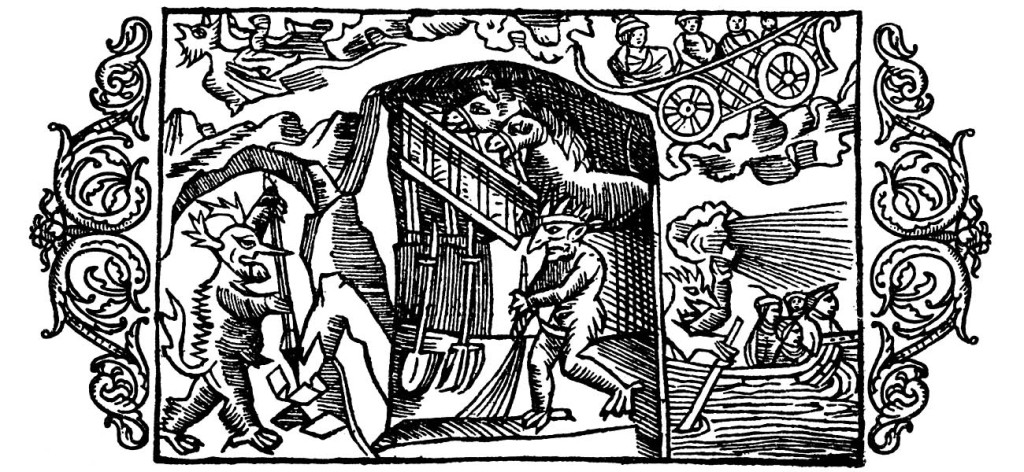
Territoriologia e nomadologia
Climbing the City. Inhabiting Verticality Outside of Comfort Bubbles (with Andrea Pavoni)
NOW PUBLISHED in Journal of Urbanism: International Research on Placemaking and Urban Sustainability
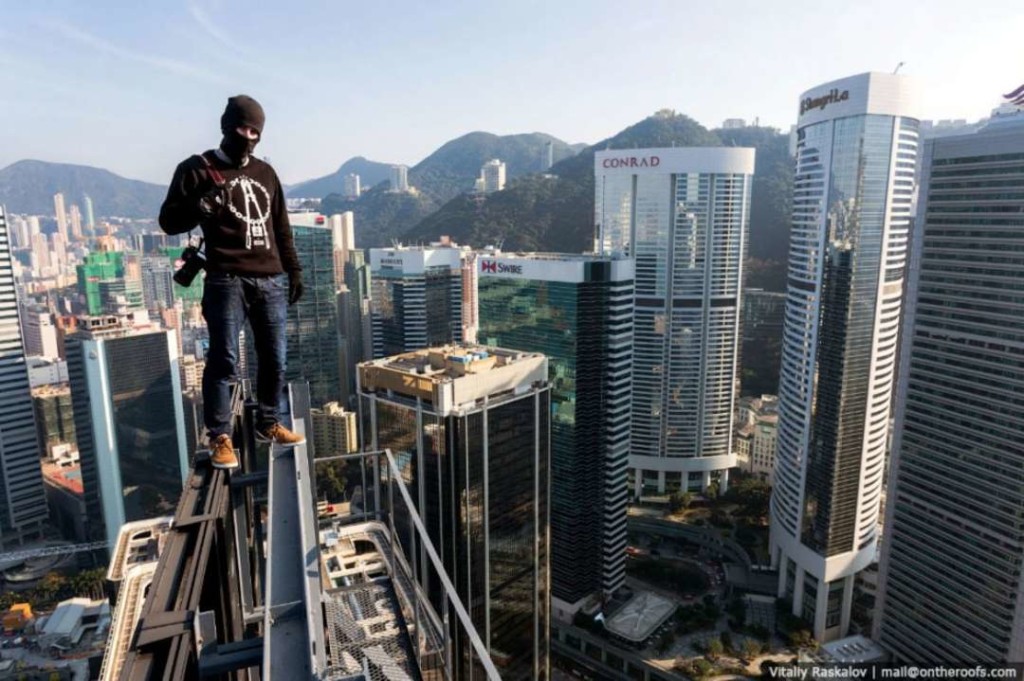
Abstract. Over the last couple of decades, urban sports have been studied – as well as, in many cases, celebrated – as critical forms of using urban space. Urban climbing, a practice also known as ‘street bouldering’, ‘buildering’, ‘structuring’, and ‘stegophilia’, has been much explored in this vein. While we acknowledge the importance of the theoretical move consisting in bringing to light the political and playful dimensions of the urban spatial experience, in this piece we would like to focus on a slightly different question. Rather than emphasising the political of playful import of urban climbing, we propose a theoretical apprehension of it as a powerful means to probe and understand the finest constitution of urban environments and, more amply, urban morphology. By doing so, we wish, on the one hand, to zoom in as closely as possible onto the actual bodily practice of climbing, and, on the other, to attend its methodological implications in terms of a reflection on bodily techniques in the context of a natural history of the city. We describe urban climbing as a peculiar corporeal operation carried out at and, more precisely, on the limits of environmental control. As a place-maker, the climber inhabits a limit, a plane of contingency whose coordinates lie at some point between the necessary and the arbitrary. In conclusion, the article suggests that, by highlighting the meaning of inhabiting a vertical open space of a peculiar kind, a close-up study of urban climbing might help to develop contemporary urban theory.
Keywords: urban theory; urban climbing; urban environment; inhabiting; bodily urban practice; object/environment relations; compositional techniques
- TOC
- Introduction
- 1. The universe in a single hold
- 2. Beyond the orthogonal plan: inhabiting verticality
- 3. How to meet Time in time
- 4. The whole wall, all over the city
- Conclusions
Tendencies in Architectural and Urban Research: Focusing on Everyday Life
A seminar at http://resarc.se/courses/index.html, including lecture and workshop with PhD Students
השליטה של מי הטריטוריה הזו? על בני אדם, חיות, והצורך לסמן את גבולות
An interview with Tali Hatuka originally published in Hebrew at http://urbanologia.tau.ac.il/human-animal-territories/
TH. So, Andre, can you tell me about your project, about territories and what are the key ideas? I mean how do you address the whole concept of territories? Let’s…you know what, what is “territory” for you?
Three Presents (with Mattias Kärrholm)
On the multi-temporality of territorial production and the gift from John Soane
Published in Time & Society
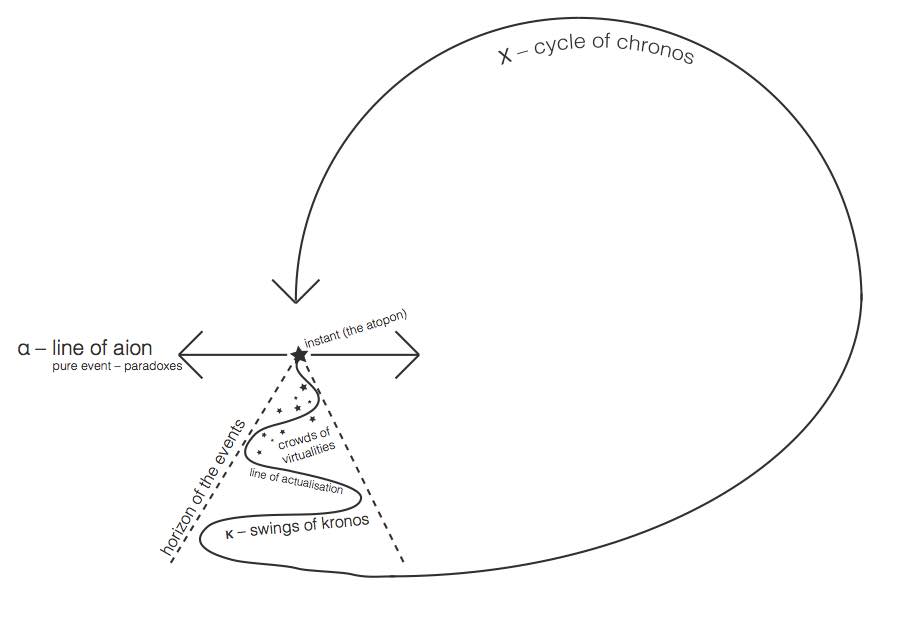
Abstract
Territoriality has primarily been seen as a spatial rather than temporal phenomenon. In this paper, we want to investigate how time functions in territorialising processes. In particular, we are attracted by the multi-temporality that is co-present in each process of territorialisation (i.e. processes in which time and space are used as means of measure, control, and expression). The article is divided into two main parts. In the first part we draw inspiration from Gilles Deleuze’s book Logic of Sense, as well as from authors such as Simmel, Whitehead, Benjamin and Jesi, in order to articulate three different types of the present (Aion, Kronos and Chronos). In the second part we move to a short case study of the collector John Soane and the establishment of his house-museum. The case is used to exemplify how these three presents can be used to discuss and temporal aspects of territorialisation in general, and the production of a specific sort of territory – the house-museum as a new building type – in particular.
Keywords
Territorial Production; Temporality of the Present; Aion, Kronos, Chronos; Collectionism; House-museum
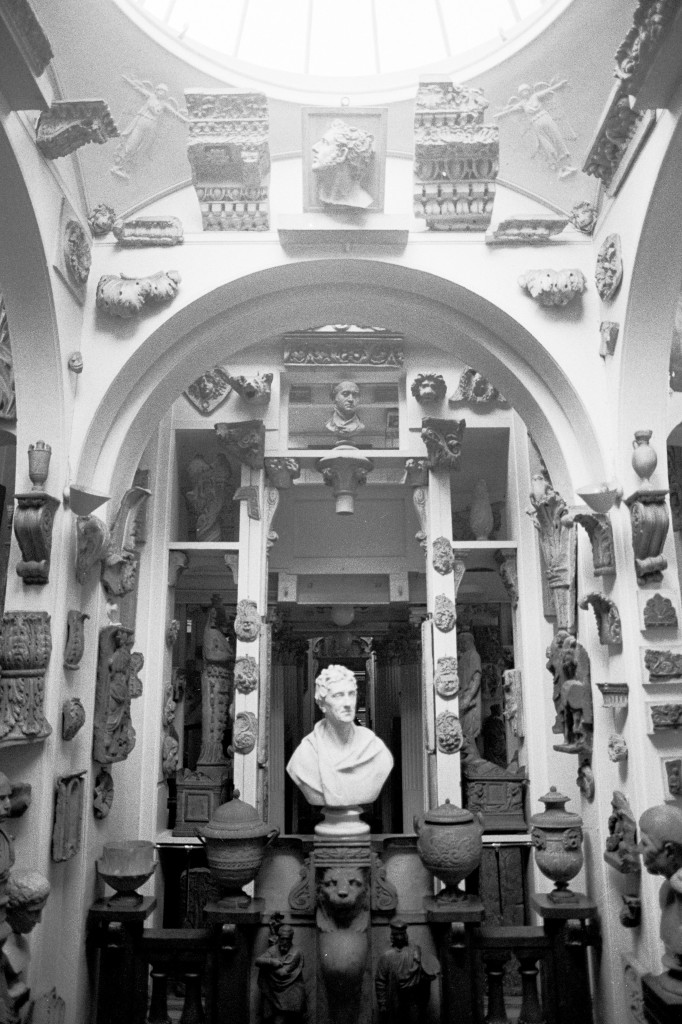
Social Camouflage: Functions, Logic, Paradoxes (with Alessandro Castelli)
Now published in Distinktion: Journal of Social Theory
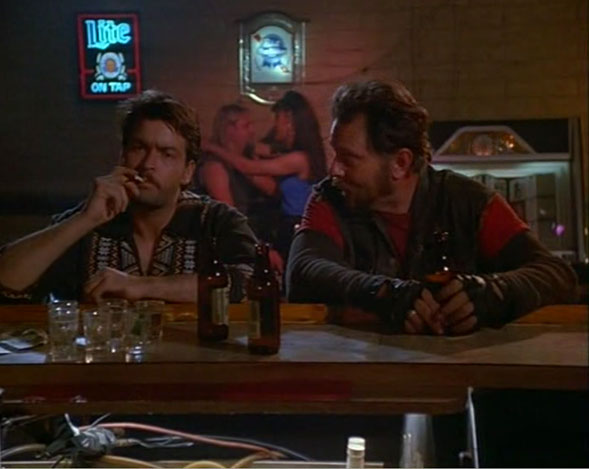
Abstract. Camouflage is usually understood as a type of deceitful communication
strategy in the animal and human domains. In this piece, we invite scholars to consider how the phenomenon of camouflage, while certainly grounded in antagonism and selection, might exceed its strategic meaning. Using the case of undercover agents movies, we attempt to flesh out the inner logic of camouflage and the type of social-existential situations it gives shape to. Exploring the mundane practical problem of ‘infiltration’ into a social group or social milieu, the article zooms in onto the experience of camouflage and highlights its relatedness to and distinction from imitation. Camouflage is here used not as an overarching interpretive category, rather, as an instance that reveals something about the problems inherent in the constitution of inter-subjective life. The article seeks to contribute to a theoretical development in the study of social logic and social teleology, stressing the curious entanglement of deliberate strategic action and irrational desire that contradistinguishes what could be called the ‘aberrant conjunction’ of the camoufleur and its target. Camouflage, we conclude, is not only about make-believe but also, crucially, about desiring and learning to desire.
Keywords: Mimicry, Camouflage, Undercover movies, Infiltration, Social logic, Social phenomenology, Inter-Subjectivity
TOC
Introduction
The Functions of Camouflage
The Logic of Camouflage
The Existential Phenomenology of Camouflage
The Paradoxes of Camouflage, or, Learning to Desire
Conclusions
http://www.tandfonline.com/eprint/PNcAa3KNVDYUT3yZ6jhR/full (50 free downloads)
Cineforum TRANSIZIONI TERRITORI / 2 I tempi dei villaggi e delle città al cinema
Visibilità e spazio pubblico – Città di muri e città di schermi
Urban Interstices
Graffiti, Street Art and the Divergent Synthesis of Place Valorisation in Contemporary Urbanism
A chapter recently appeared in the Routledge Handbook of Graffiti and Street Art, Edited by J.I. Ross.
Pdf here
Far-casa migrante: soglie del domestico, comune e pubblico
Un intervento a Tracce Urbane, con Paolo Boccagni
Sessione 3- Casa e città: pratiche dell’abitare e processi di home-making nella vita quotidiana
Venerdì 11 dicembre 2015, Politecnico di Milano
